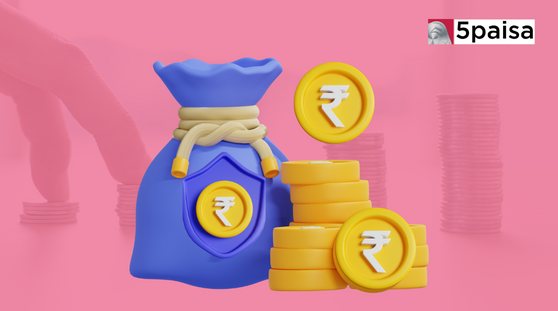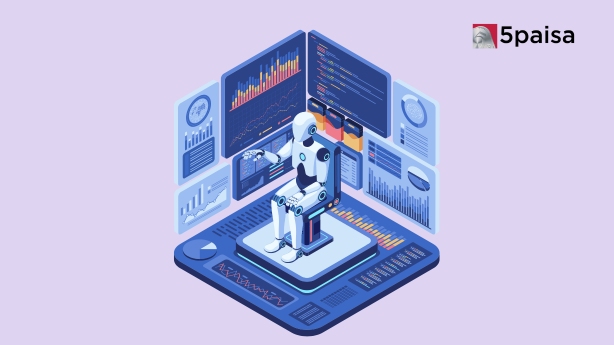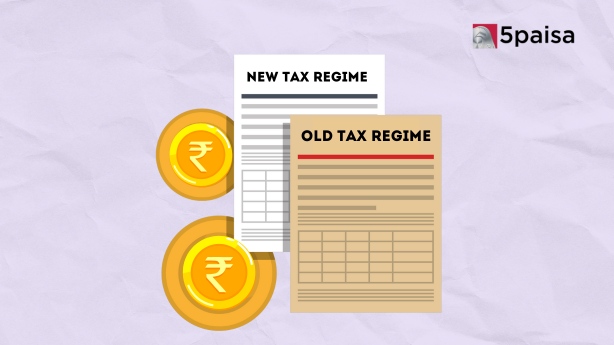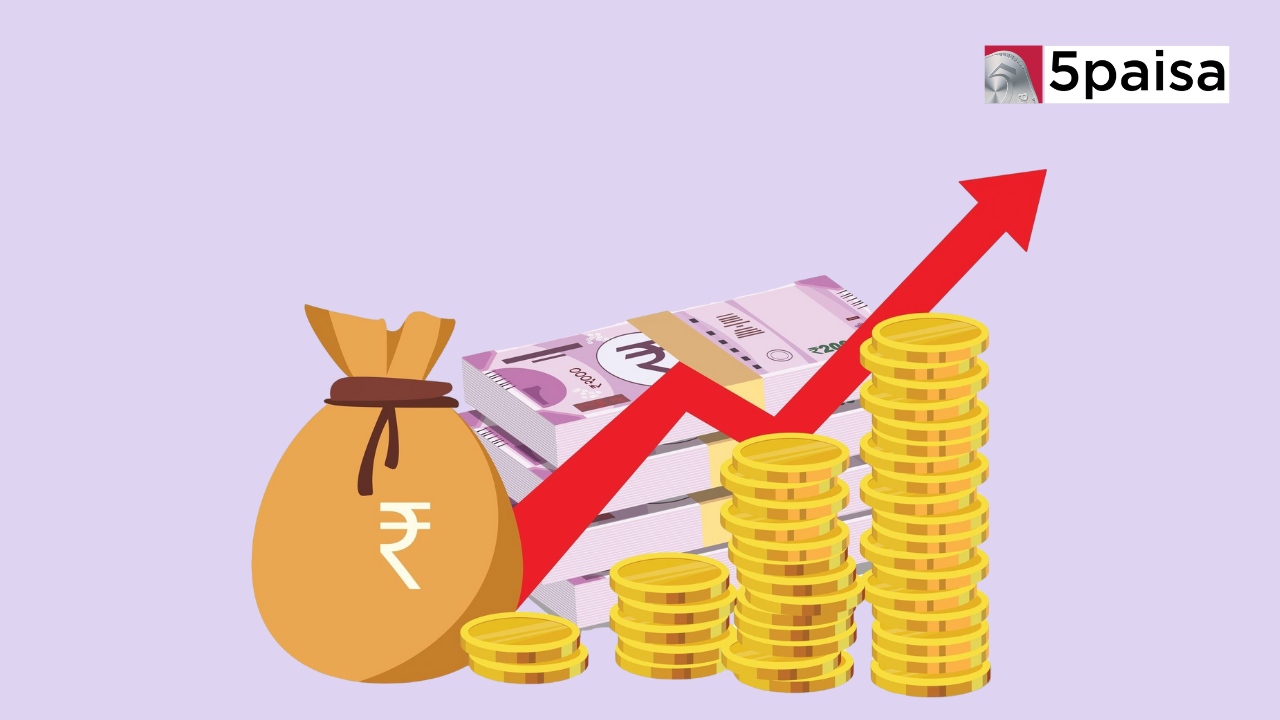3 Technologies Disrupting Finance in 2025: AI, Blockchain & Big Data Revolution
Why Do Indians Prefer Fixed Deposits?

When it comes to retail investors in India, the humble fixed deposit (FD) is still a preferred choice. This despite the fact that the country now has a vibrant stock market and small investors have the option of choosing from hundreds of mutual funds or even accessing the market directly via discount brokers.
FDs remain the preferred option for small, risk-averse investors, for good reason- they offer a degree of safety and reliability that few other investment avenues do.
What Are FDs?
FDs are investment options provided by cooperative or scheduled commercial banks or non-banking finance companies or even corporates looking to raise short-term debt for operational and other purposes.
While FDs offered by government banks and other big private banks are considered some of the safest to invest in, the trade off is that they offer relatively lower interest rates as compared to some of the smaller new-age banks or NBFCs or corporates, whose FDs are considered riskier. As a customer therefore one should be acutely mindful of the risk-reward ratio when choosing where to park one’s money. In any case, the interest rates offered by FDs are typically higher than those offered by savings accounts.
What benefits do Indians see while investing in FDs?
Returns are guaranteed
The first and perhaps the biggest benefit offered by FDs is that the returns offered by them are guaranteed. The interest rate is fixed at the time of deposit and remains constant throughout the term of the deposit. This effectively means that the investor knows how much return it will generate over time and so how much money they can hope to make.
Liquidity
FDs offer a reasonable amount of liquidity to investors. This means that they can break the FD and withdraw their money in case they need to, before its term ends, by paying a small penalty on the accrued interest. There is no penalty on the principal amount, which can be completely withdrawn. Normally banks charge 1% of the interest accrued up to that date on which the FD is being broken. This figure can however vary from bank to bank.
Loans against FDs
FDs are an investment instrument against which investors can easily take out a loan by placing them as collateral. The loan amount is typically a percentage of the FD amount and the interest rate charged on such loans taken against FDs is typically lower than that charged on regular loans, making them an attractive option for investors who need money without actually breaking the bank.
Good for lower income investors
FDs offer a good investment option for investors who may not have too much money to spare, at least initially and may have little to no savings to talk of. For such investors, FDs offer a good low scale saving option that they can then build on, and create a sizable corpus over time.
Good option for retirees
Much like those starting out on their investment journey, FDs offer a good, stable investment avenue for retirees as the returns are not market linked and are therefore not dependent on or affected by speculative tendencies that drive markets. In other words, market ups and downs do not impact FD returns. This means retirees with a sizable corpus can hope to get good return every month from their FDs, which can help them lead a financially stable life in their golden years.
Monthly or periodic interest payout
FDs offer monthly, quarterly or half yearly interest payouts that can benefit someone looking for a regular source of income. This interest is credited directly to the account of the FD holder, providing them a hassle-free investment experience.
FDs can be applied for and renewed online
An FD can be easily applied for renewal online. This can even be done using apps of banks and other financial institutions that offer such FDs. This provides investors with a hassle-free option to invest their money easily and quickly. The FD can also be broken and the money withdrawn online, with no other paperwork needed, as long as the know-your-customer details are available with the bank.
Varied tenures
Banks and non-banking finance companies provide customers with multiple FD tenures ranging from as low as a week to going up to 10 years in some cases. Interest rates vary according to the tenure so investors can choose the tenure best suited for their individual needs and investment goals.
Conclusion
As discussed, FDs remain a favourite choice of investment for middle class Indians as they offer them a safe and reliable investment option. It is also a simple product that can be understood easily by most people who may not be financially literate and may not understand the complexities of several other financial instruments that may offer higher returns but may be inherently more risky. The fixed returns and the relatively low risk associated with FDs makes them an ideal choice for those investors who want to avoid the risk associated with stock markets which are volatile and open to speculation. On top of this, opening and breaking an FD is easy and can be done online and in a hassle-free manner.
Therefore, despite the low interest rates being offered by FDs these instruments have remained the preferred option for most middle-class investors in India as they are perceived to be predictable and stable.
Having said all of this, savvy investors know that FDs are not the best option for everyone and in every scenario and that they should diversify their investments over time and across asset classes such as equity, real estate, gold, crypto, alternative investments and such like.
- Flat ₹20 Brokerage
- Next-gen Trading
- Advance Charting
- Actionable Ideas
Trending on 5paisa
Personal Finance Related Articles
Disclaimer: Investment in securities market are subject to market risks, read all the related documents carefully before investing. For detailed disclaimer please Click here.

 5paisa Research Team
5paisa Research Team
 Sachin Gupta
Sachin Gupta




